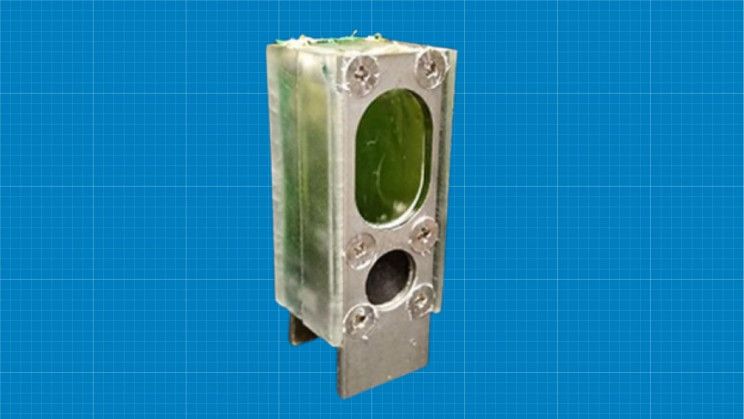Researchers from the University of Cambridge have managed to run a computer for six months, using blue-green algae as a power source.
The computer was placed on a windowsill at one of the researchers’ houses during the lockdown period due to COVID-19 in 2021, and stayed there for six months, from February to August.
The battery made of blue-green algae has provided a continuous current across its anode and cathode that ran a microprocessor.
The computer ran in cycles of 45 minutes. It was used to calculate sums of consecutive integers to simulate a computational workload, which required 0.3 microwatts of power, and 15 minutes of standby, which required 0.24 microwatts.
The microcontroller measured the device’s current output and stored this data in the cloud for researchers to analyze.
Howe suggests that there are two potential theories for the power source. Either the bacteria itself produces electrons, which creates a current, or it creates conditions in which an aluminum anode in the container is corroded in a chemical reaction that produces electrons.
The experiment ran without any significant degrading of the anode and because of that, the researchers believe that the bacteria is producing the bulk of the current.
Further research is needed
Howe says that the approach could be scaled up, but further research is needed to figure out how far. He explains that putting one on your roof will not provide sufficient power for your house. But in rural areas of low and middle-income countries, in applications where a small amount of energy might be beneficial, such as environmental sensors or charging a mobile phone.
The bacteria creates its food during photosynthesis, and the battery can continue producing power during periods of darkness. The researchers believe that this is possible because the bacteria process surplus food.
The researchers believe that effective devices could be produced cheaply, and commercial applications will be possible within five years.
They have also found other species of algae that create higher currents.
So it seems like we will use algae as a living power source soon, just like machines used humans as batteries in the Matrix.
Study Abstract:
Sustainable, affordable, and decentralized sources of electrical energy are required to power the network of electronic devices known as the Internet of Things. Power consumption for a single Internet of Things device is modest, ranging from μW to mW, but the number of Internet of Things devices has already reached many billions and is expected to grow to one trillion by 2035, requiring a vast number of portable energy sources (e.g., a battery or an energy harvester). Batteries rely largely on expensive and unsustainable materials (e.g., rare earth elements) and their charge eventually runs out. Existing energy harvesters (e.g., solar, temperature, vibration) are longer lasting but may have adverse effects on the environment (e.g., hazardous materials are used in the production of photovoltaics). Here, we describe a bio-photovoltaic energy harvester system using photosynthetic microorganisms on an aluminum anode that can power an Arm Cortex M0+, a microprocessor widely used in the Internet of Things applications. The proposed energy harvester has operated the Arm Cortex M0+ for over six months in a domestic environment under ambient light. It is comparable in size to an AA battery and is built using common, durable, inexpensive, and largely recyclable materials.
